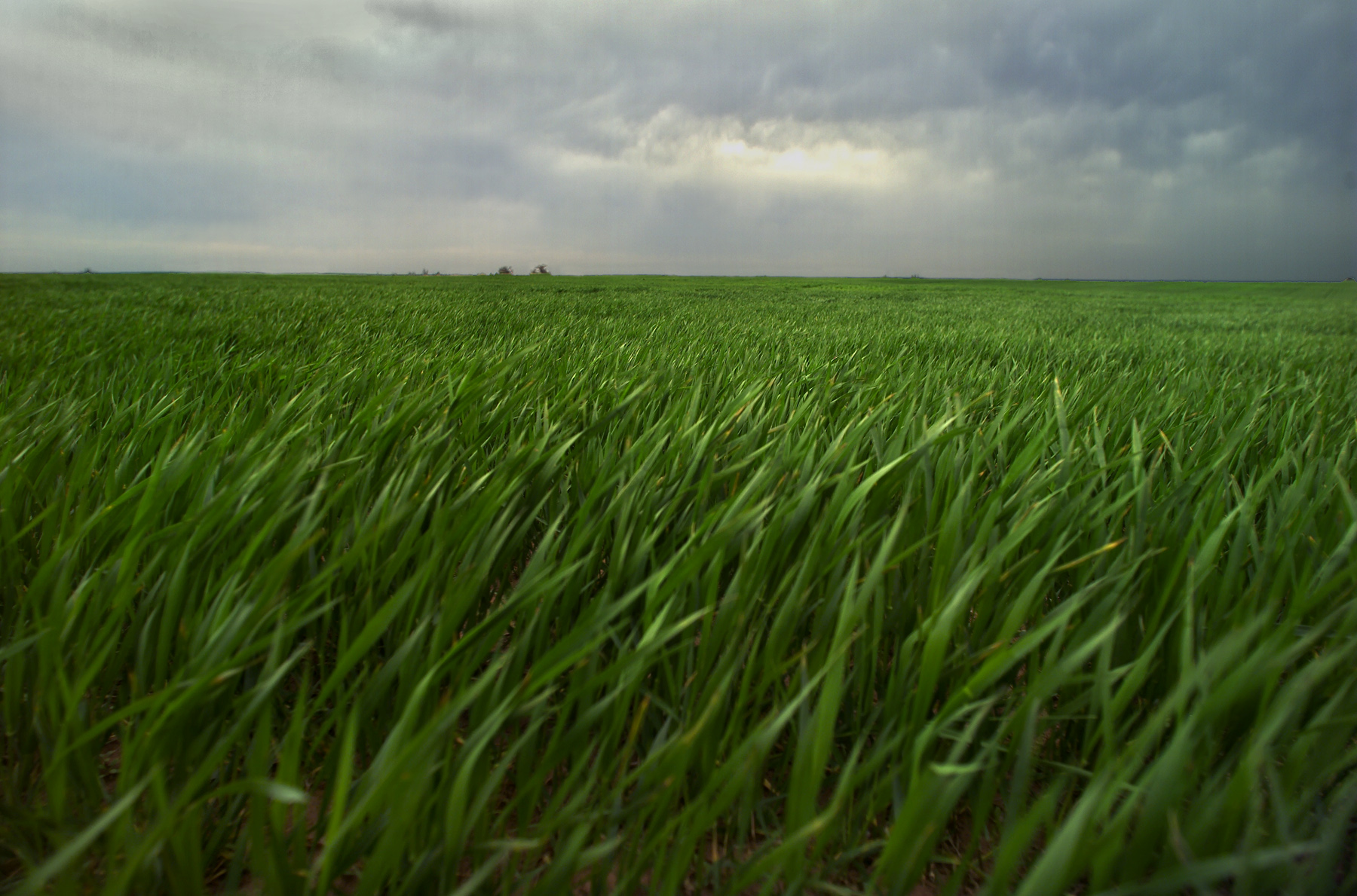Growing More Effective Ways to Measure Climate Change
Submitter:
Maseyk, Kadmiel Solomon — Universite Pierre et Marie Curie, Paris 6
Area of research:
Surface Properties
Journal Reference:
Science
Life on earth depends on the movement of carbon dioxide through the environment. Plants take it in through photosynthesis, people and animals breath it out, the burning of fossils fuels sends it back into the atmosphere. According to the U.S. Environmental Protection Agency, in 2012, carbon dioxide accounted for about 82% of all greenhouse gas emissions from human activities in the U.S. But because it is found in so many places, simply measuring carbon dioxide in the atmosphere doesn’t provide the full picture of how it is influencing processes around the world.
Impact
One promising approach to understanding carbon dioxide is to follow the path of a trace gas, carbonyl sulfide, as it moves through the environment from the regional to the global scale. Now an international team of researchers has discovered new links between the uptake of carbonyl sulfide and carbon dioxide by plants during the growing season, even at night. The results of their work were recently published in the prestigious Proceedings of the National Academy of Sciences.
“Our work shows for the first time that leaf uptake of both carbonyl sulfide and carbon dioxide during photosynthesis varies with light,” said Kadmiel Maseyk of the Université Pierre et Marie Curie, France, who served as lead author on the paper. “The findings can resolve key gaps in an emerging framework for using carbonyl sulfide and carbon dioxide measurements together to understand how these gases influence climate.”
Summary
The team used data from the U.S. Department of Energy’s Atmospheric Radiation Measurement (ARM) Climate Research Facility Southern Great Plains site. ARM and Lawrence Berkeley National Laboratory have been working on a project at this site to improve predictions of the exchange of carbon, water, and energy between the atmosphere and plants. In the current study, researchers measured how carbonyl sulfide, carbon dioxide, and water levels changed in the wheat field from April 4 to June 6, 2012. When they started measuring, the wheat was less than a foot tall. Measurements continued for about 2 weeks over bare soil after the wheat was harvested. The results proved that carbonyl sulfide and carbon dioxide measurements can be used in combination to better understand the movement of that most abundant of greenhouse gases.
Results from this work will improve the modeling of the future global climate as well as regional climate forecasts.


